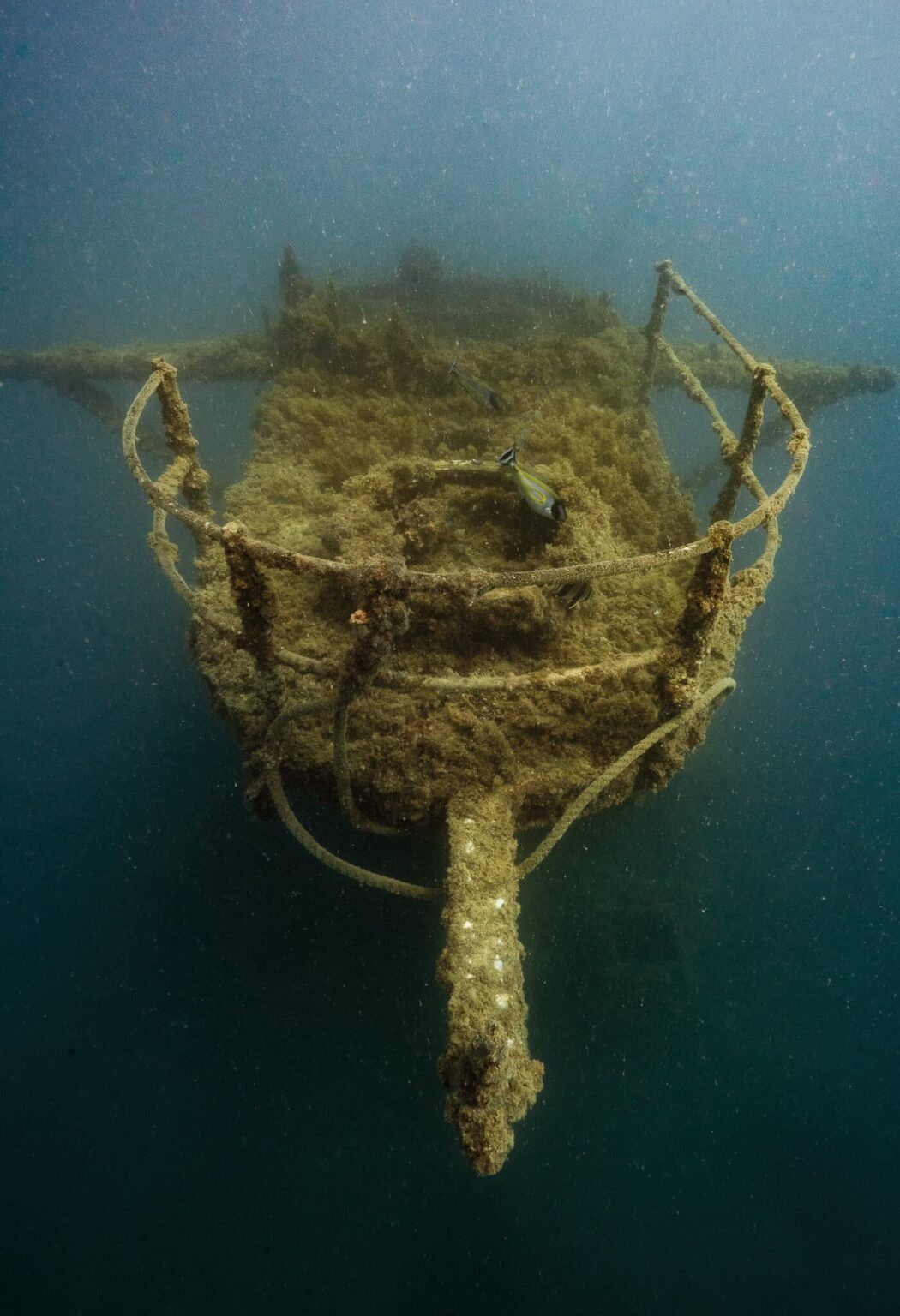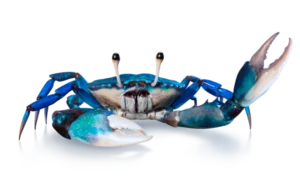Wrecks exist for many reasons – storms, wartime casualties, navigational errors, collisions and onboard accidents such as fires. Wrecks also have histories that capture our imagination and sense of adventure. Therefore, more and more ships are now being intentionally sunk for the purpose of diving, and one such wreck is the ex-HMAS Hobart, explains Chelsea Haebich.
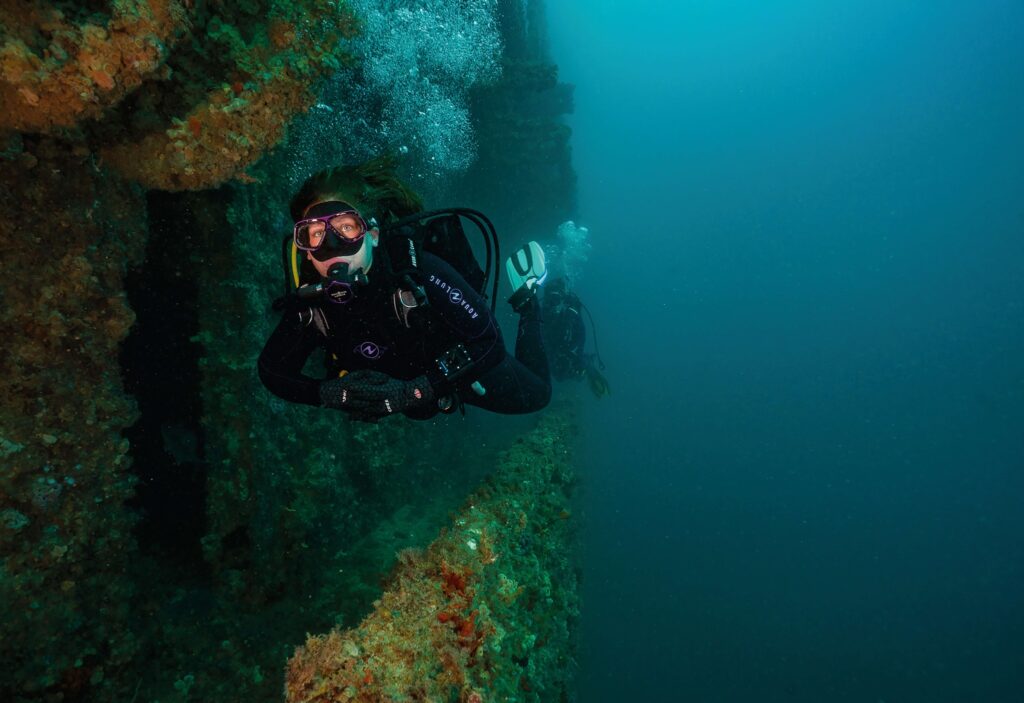
While South Australia has over 800 known shipwrecks, for local divers, the HMAS Hobart is arguably the jewel in the crown of the many wrecks found in our waters. Scuttled on 5 November 2002, this year will be the Hobart’s 20th anniversary as an historic wreck site. I’ve had the privilege of diving it for 12 of those 20 years and it’s a site that just gets better and better with time.
DID YOU KNOW?
HMAS Hobart was named after the city of Hobart in Tasmania. It was originally ordered in 2007 but wasn’t launched until May 2015!
The History of HMAS Hobart
The ex-HMAS Hobart is a guided-missile destroyer built for the Royal Australian Navy in Michigan USA. It has a total length of 134 metres and a 4,500-tonne displacement. Launched January 9, 1964, it was deployed from Australia in 1965 to serve in the Vietnam War. In total she completed three tours to this region and provided Naval gunfire support – military bases, bridges, munitions storage and supply routes among her targets. During this time the HMAS Hobart earnt the nickname of The Green Ghost as she had a reputation for being a fast, but quiet, vessel.
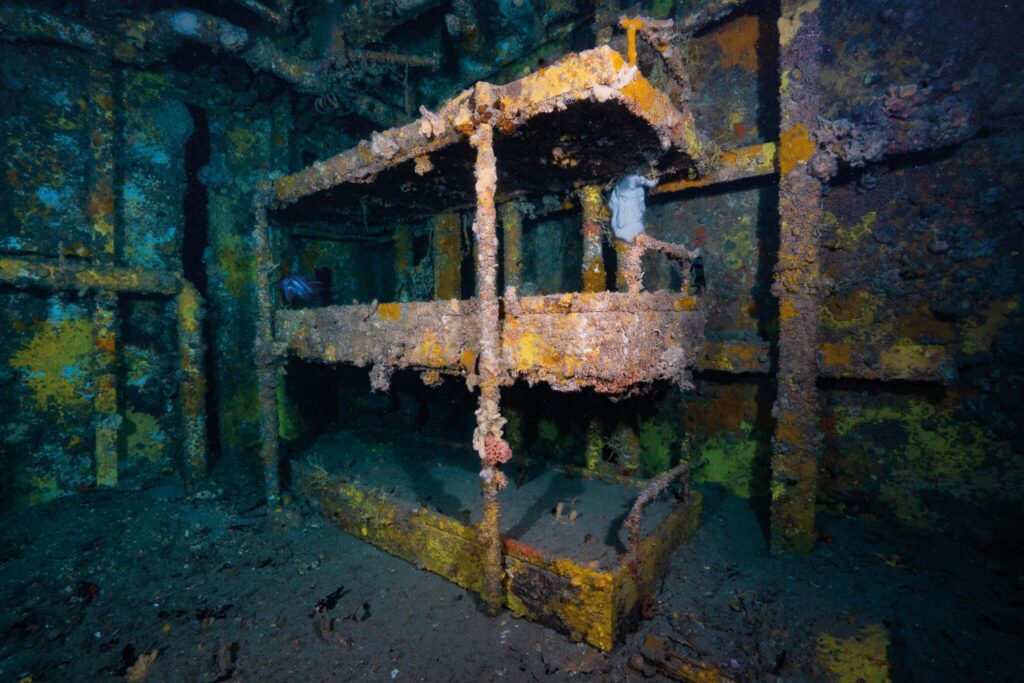
Scuttling and Transformation into an Artificial Reef
After deployment to Vietnam, the HMAS Hobart continued an active service life and was called upon to assist with disaster relief efforts after Cyclone Tracy destroyed Darwin Christmas Day, 1974. After several refits and tours that took her around the world she was decommissioned 12 May 2000 after 34 years of service, having steamed over one million nautical miles. She was then gifted to the South Australian government for the purpose of becoming a world-class dive site. Meticulously prepared and scuttled, the ship now has a spectacular second life as an artificial reef system in the Rapid Head Marine Sanctuary Zone.
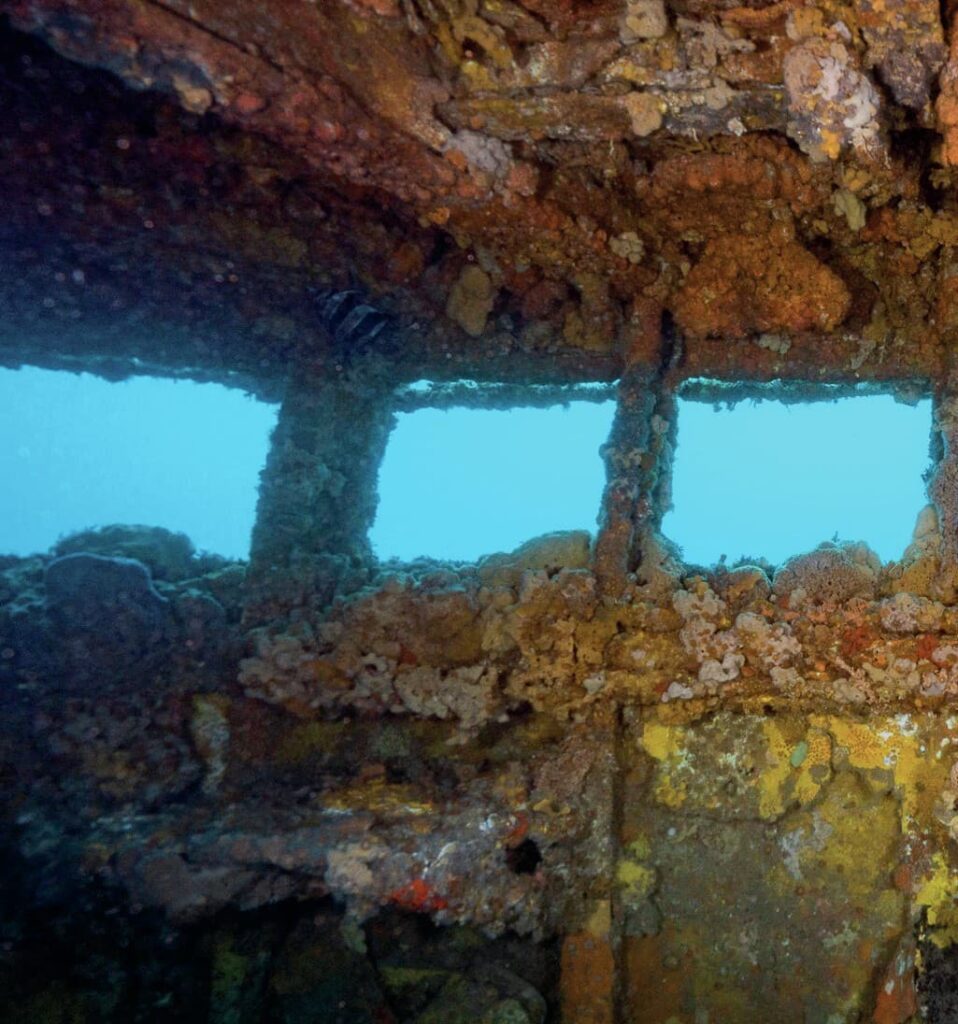
Abundant Marine Life and Preservation Efforts
It currently sits off the coast of the Fleurieu Peninsula in South Australia in 30m of water and reaches up from the seafloor to just 8m below the surface – it’s a huge and truly spectacular dive site. The Marine Park and Sanctuary Zone that has been established around the wreck helps to protect it and she, in turn, provides protection and refuge to a staggering variety of marine life. It’s a ‘no take zone’ so you cannot fish this wreck, anchor or take anything from this wreck – 20 years of preservation means life on this wreck is like nowhere else and why it’s one of my favourite wrecks to dive.
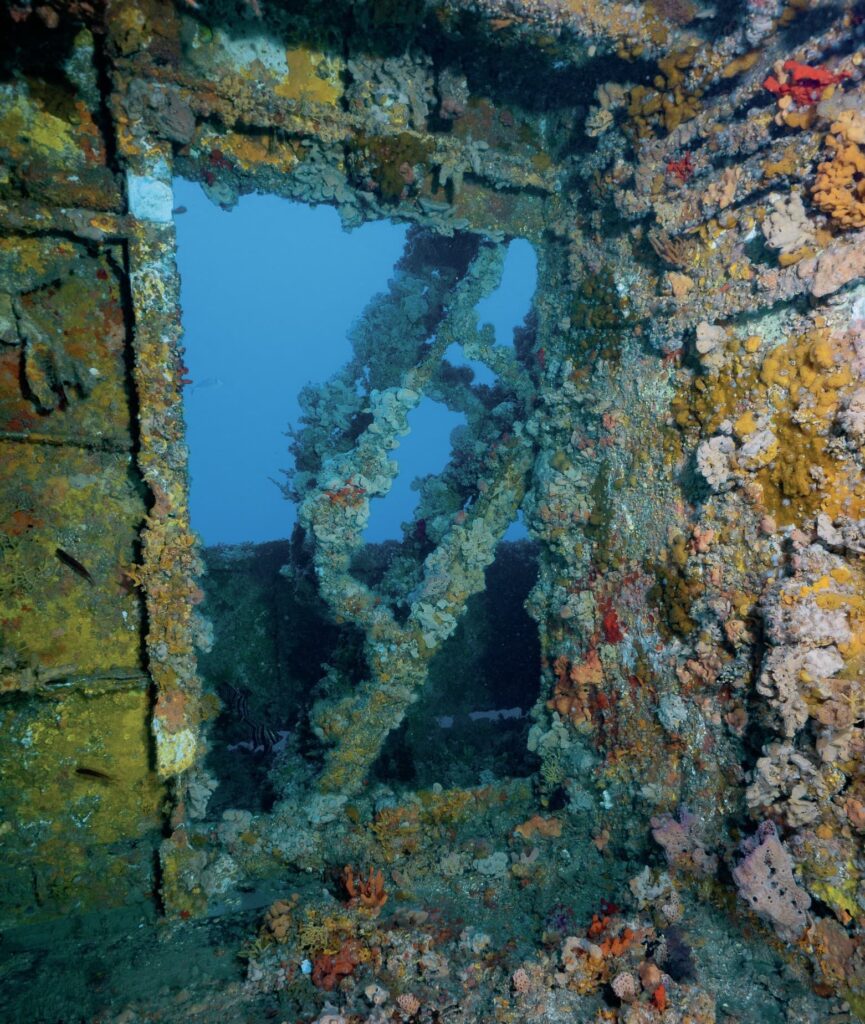
A Dive Site Designed with Divers in Mind
The wreck has been well prepared with divers in mind. Hazards such as doors and hatches have been removed as well as other snagging obstacles. Large holes have been cut in the hull, opening up the interior without detracting from it and letting light in, making exploration of the interior easier for the experienced and somewhat safer. The light also makes for some great photo opportunities.
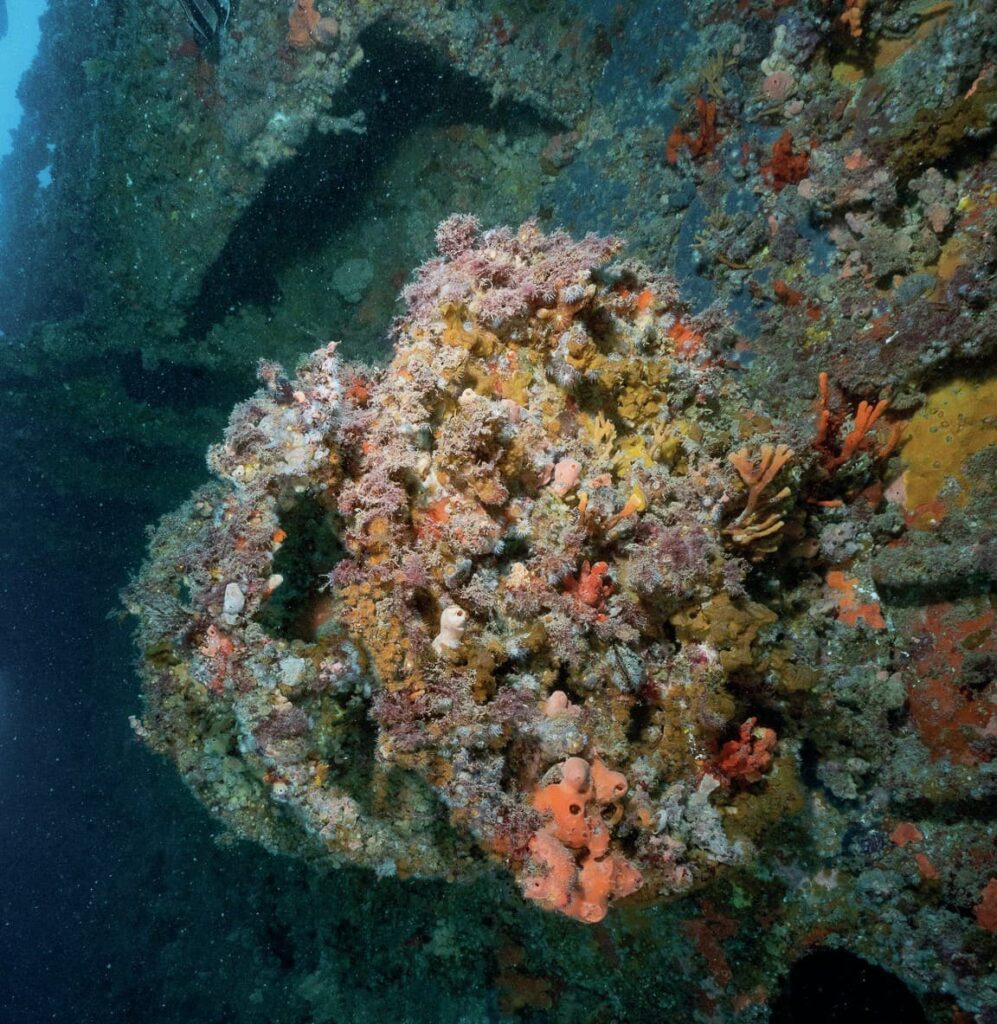
Tips for Diving the HMAS Hobart Wreck
Diving this wreck is straightforward; however, its sheer size can be daunting. It’s impossible to cover the whole wreck in one dive in a way that does it justice – I recommend getting out on a double dive if the conditions allow it. Use the first dive to get your bearings and navigate around and get a sense of the place, then on subsequent dives explore some of the features that have caught your interest or explore the seemingly endless rooms and corridors inside of the wreck.
DID YOU KNOW
Australia has plenty of genuine maritime sinkings, but some of the most-popular dive sites are the ex-HMAS ships
When planning to dive this wreck, the first thing you need to organise is a permit. Easily obtained online and valid for 12 months. With an early start and gear packed, you’ll make your way down to the Wirrina Cove Marina Boat ramp on the Fleurieu Peninsula – an hour’s drive from Adelaide. Access to the wreck is by boat, and I like to dive with Underwater Sports Diving Centre – they have a custom dive boat permanently moored there purely for servicing divers wanting to dive the Hobart. Dave’s knowledge of the wreck and its history is always an entertaining feature of the short boat ride to the site and his attention to safety is unsurpassed – more on that shortly.
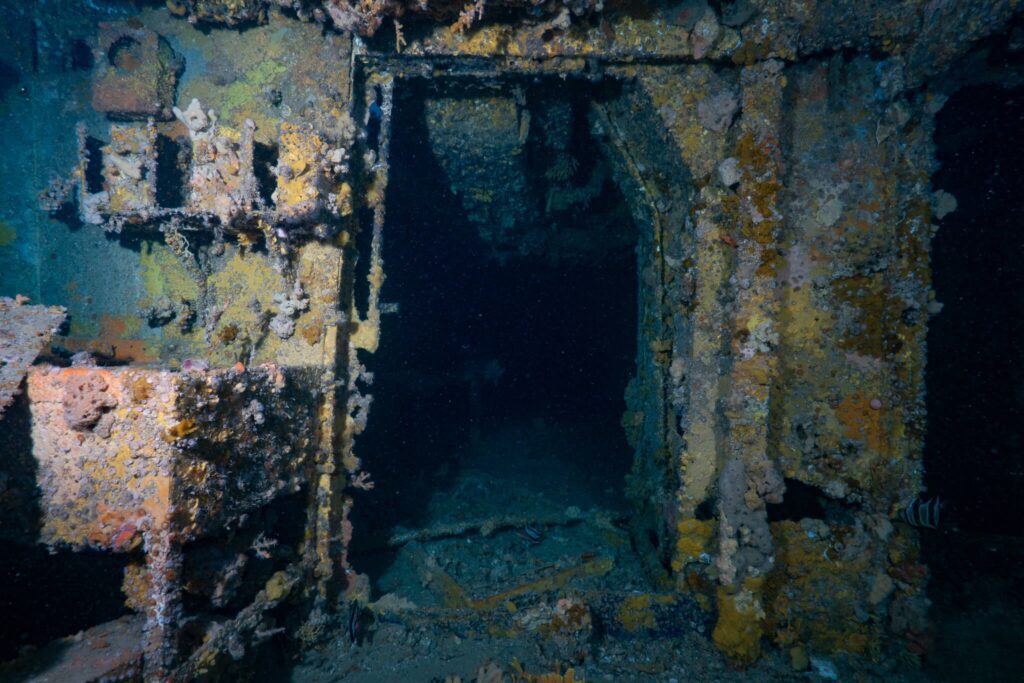
The boat is fast and will cover the 4km to the site in no time. Mooring is tactfully done on one of several mooring lines that lead down to the wreck – these double as your decent line down to the two main stacks of the wreck.
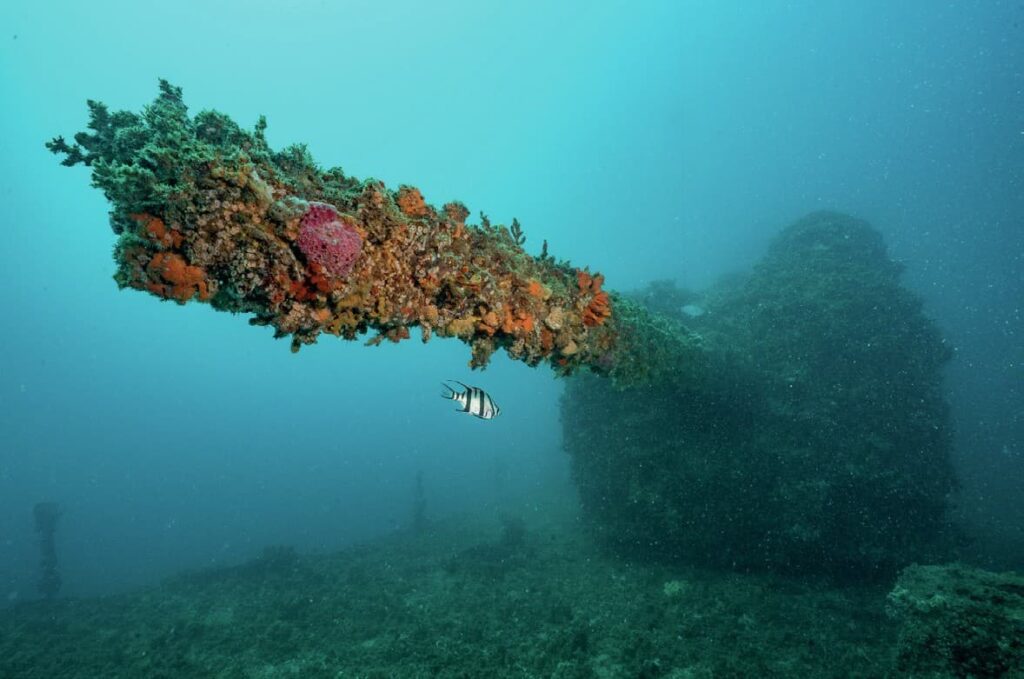
I am always in awe of what I see as I go down the line. The sheer size of this wreck that appears like a ghost in the water is always impressive. Drifting down one side of the wreck, out of the current, you can see the deck plus the port and starboard external passageways and doorways that lead to the interior. Gun turrets have been left in place and you can easily identify the bridge and swim through it – often there are several blue devils living inside. My favourite feature of the wreck is the bow and sonar dome. The sonar dome sits in the sand at 30m and the bow cuts its way back to the surface like a knife and gives you a real sense of the power this ship had in its day.
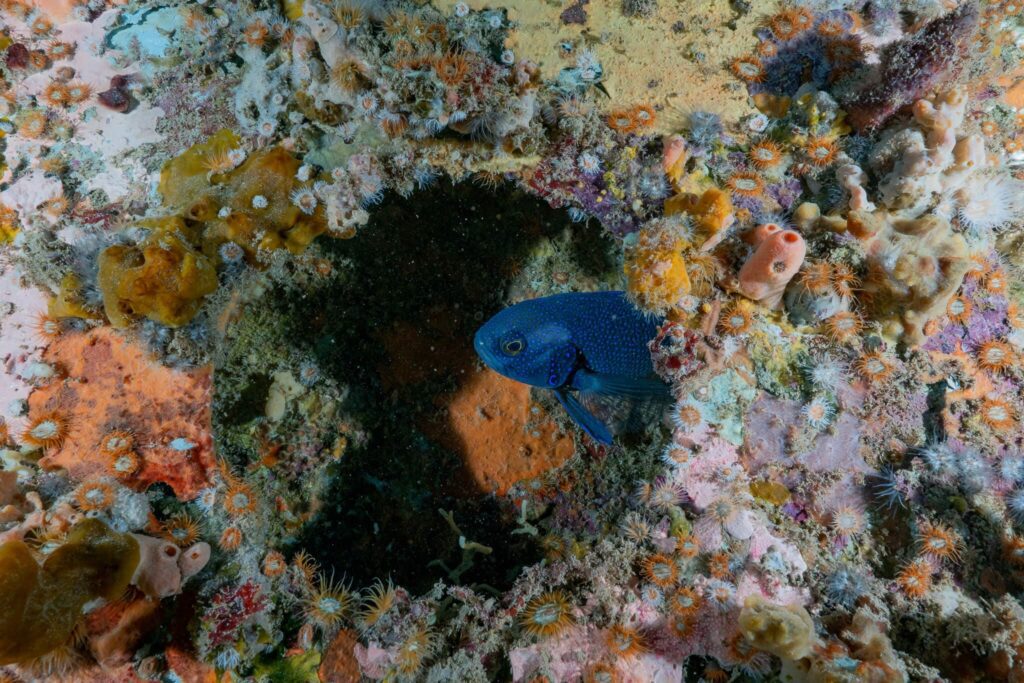
For divers with appropriate certification, the engine room is a great feature and surprisingly accessible. There are also some fun and personal features to be found in a few of the rooms – someone with a sense of humour has left the toilets in place and there is the sobering sight of the tiny beds the crew used, still intact. Small glimpses into a piece of Naval history.
Back to safety! It is a big wreck. It’s also deep, so there are hazards to be considered. The wreck needs to be respected and Advanced certification with adequate experience is essential. The open cuts in the hull make it tempting to enter – but without a wreck certification, or higher, penetrating the wreck can become a serious hazard. I would also recommend an experienced guide when first diving it too – this will allow you to relax and enjoy the dives more. A guide will know how to pace the dive and get the most out of it for you, navigating the site safely and highlighting the best features along the way.
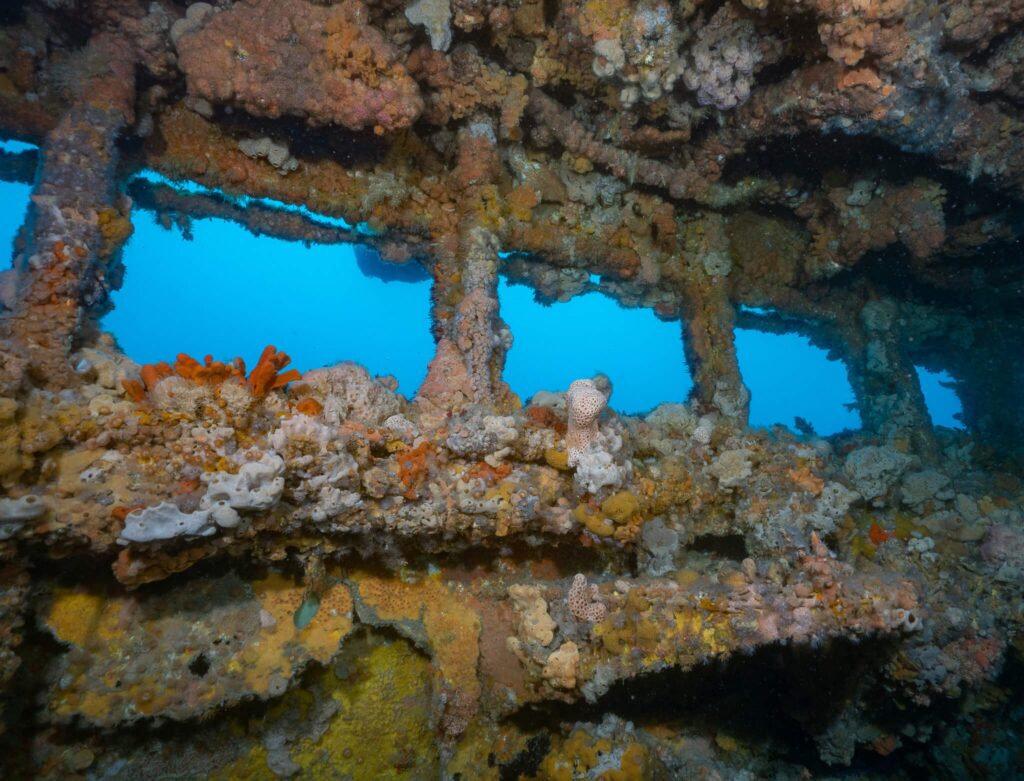
It’s a very captivating site so it’s also easy to blow your bottom time and go into deco – so attention to your gear, buddy and gas is essential.
Currents can also pose a hazard. There is a very strong tidal current present at this site so it’s ideally dived on a dodge tide – even then there can still be some pull when you are out from the protection of the wreck’s sheer bulk. A good dive operator will only schedule dives for those days when the tides are at their slackest. It makes a huge difference to this site. Check Underwater Sports dive calendar as they have schedules for the Hobart planned well in advance around these ‘dodge’ tides. Great if you are coming from interstate and want to plan a trip to this site.
Capturing the Beauty of HMAS Hobart through Photography
Photographing the Hobart can be a challenge – often the vis in temperate waters is low or milky, meaning it’s hard to get great external wide-angle shots of this wreck – but that’s also what makes me come back for more! I’m still hunting for that dream shot. As the wreck has had holes cut into the hull, photographing inside the wreck is a lot of fun too. You can play with light shafts and atmosphere. There’s lots of colour and creatures to see inside as well. Mercifully on the low vis days it remains remarkably clear inside the wreck. You’ll soon work out two dives is not enough – especially if you are photographing it.
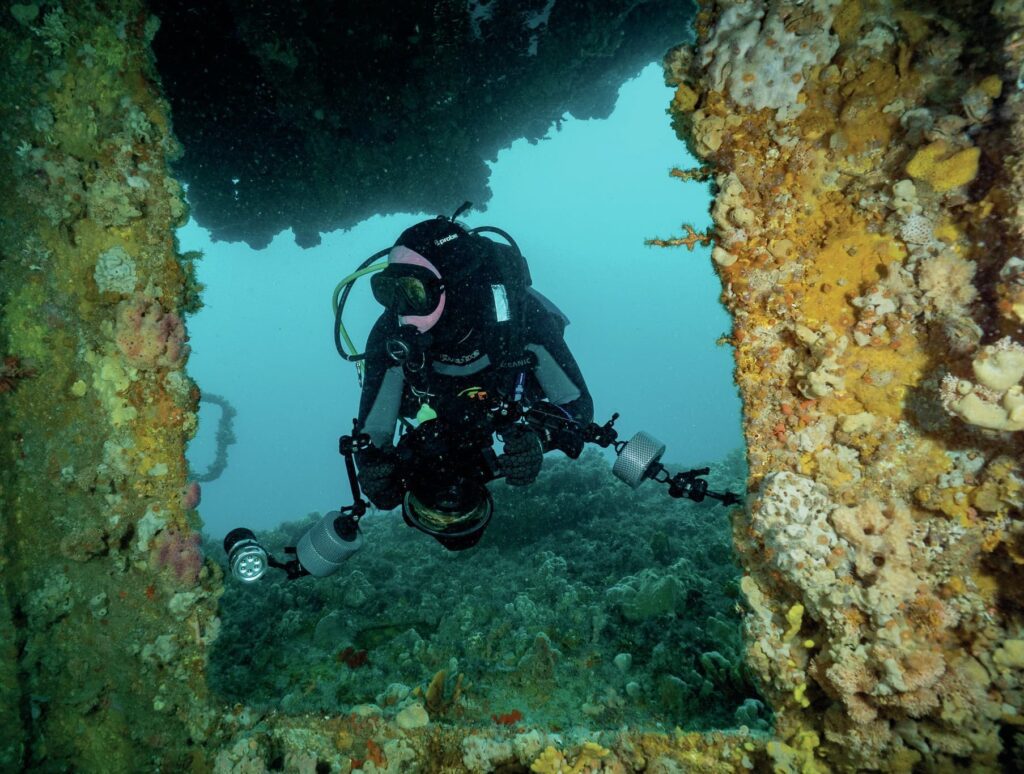
HMAS Hobart: A World-Class Dive Site in South Australia
The ex-HMAS Hobart is a truly spectacular dive site. The wreck is huge and impressive but easily navigated with many interesting features around each new corner. Its history both above and below the waterline is fascinating and only adds to the experience. The growth alone is stunning to see and just gets more abundant with each passing year. It seems more and more wildlife are finding this oasis in the gulf as well, only adding to its reputation as a world-class dive site here in South Australia.
I never thought of myself as much of a ‘wreck diver’ until I dived the Hobart. It has so much to offer with its history, size, biodiversity and photography that it’s hard not to be captivated by this wreck – so don’t leave it too long to come and see this wreck, and piece of history, for yourself.
Photographs by Chelsea Haebich
This article was originally published in Scuba Diver ANZ #51
Subscribe digitally and read more great stories like this from anywhere in the world in a mobile-friendly format. Link to the article
